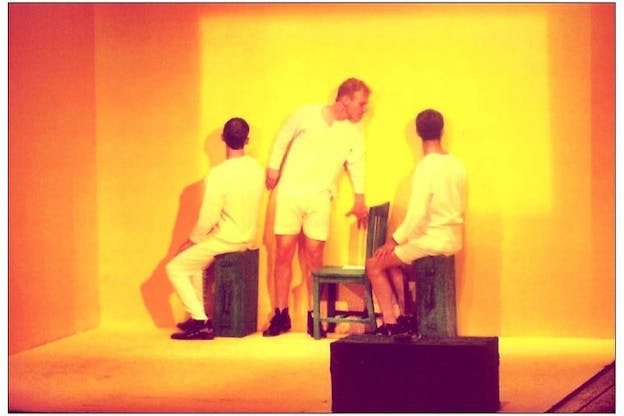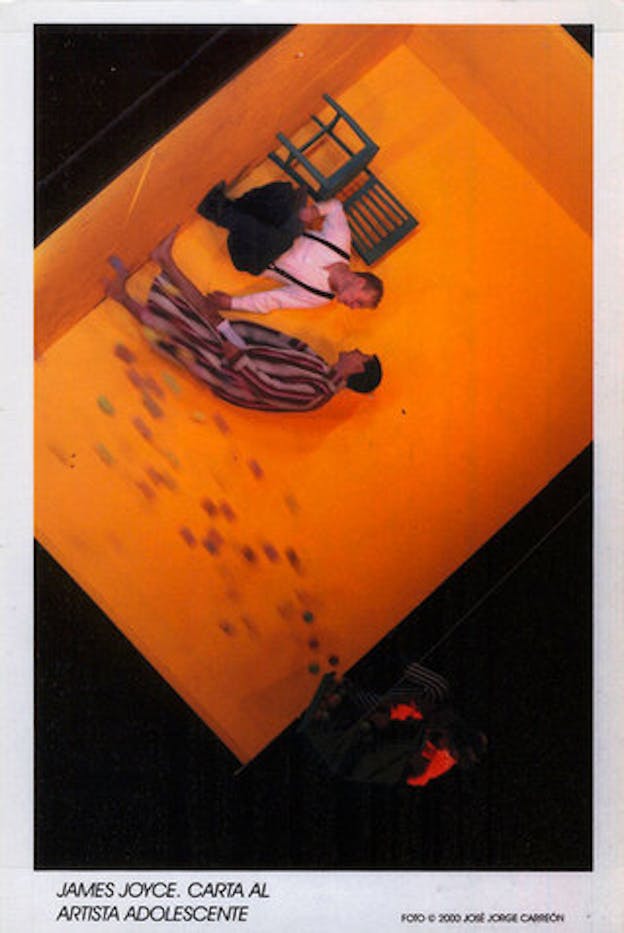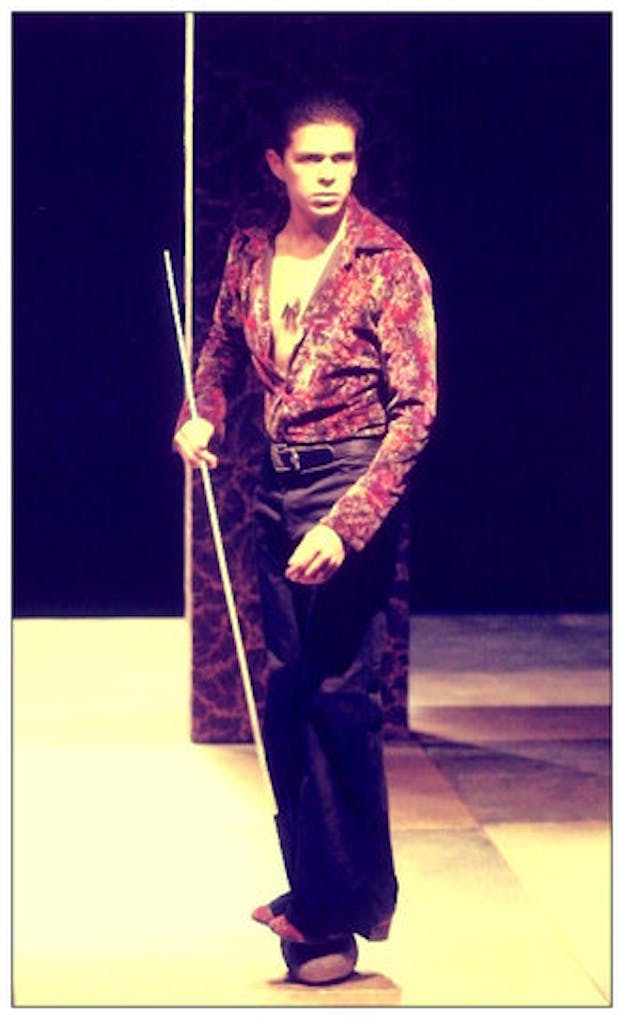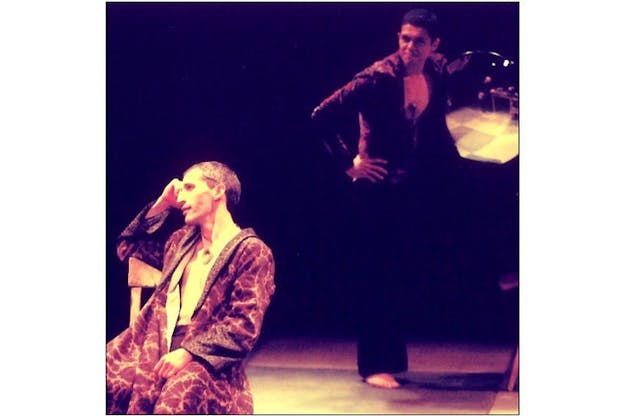Martín Acosta
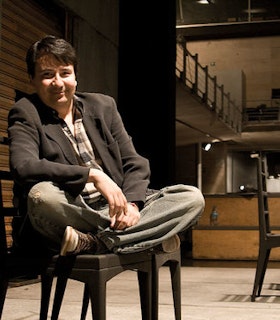
Artist Statement
Mi trabajo es la obligación de revelar la verdad en la forma más mentirosa posible.
La mentira en su expresión más simple.
La revelación, en primer lugar, de las tres mentiras "aristotélicas" básicas:
1. ese limitado espacio que ven es todo el espacio que hay para contar esta historia y es imposible cambiarlo por otro;
2. el tiempo que tenemos es limitado y generalmente corto como para contar algo trascendente del acontecer humano;
3. lo que podrán hacer los actores aquí es sólo aquello que las fuerzas de cualquier ser humano le permitan y no hay superhombres ni superhéroes. Cuando haya quedado claro esta forma precaria del teatro la mentira debería aparecer en su forma más luminosa, el actor conduce el viaje: cuando lo miramos a los ojos vemos su casa, su perro, su mar y su gaviota; y cuando dice "ayer" es un pequeño salto y cuando dice "hace mil años" es uno muy grande; y cuando señala algo con su dedo es un gesto que se habrá de reconocer de algún sueño.
I see my work as the obligation to reveal the truth in the most untruthful way possible.
Lying as its simplest form of expression.
To reveal, in the first place, the three basic Aristotelian lies:
1. The limited space you see is all the space there is to tell the story and it is impossible to replace it for another;
2. The time we have is limited and generally speaking too short to allow us to say anything transcendent about the human experience;
3. Actors will be able to do here only that which the strength of any human being allows him to do, and there are no supermen or superheroes. When this precarious form of theatre has become clear the lie should appear in its most luminous form, the actor will be in charge of the journey: when we look into his eyes we see his house, his dog, his sea, and his seagull; and when he says "yesterday" it's a tiny leap, and when he says "a thousand years ago" it's a huge one; and when he points at something with his finger it is a gesture we will recognize from some dream.
- 2000
Biography
Martín Acosta is a director and playwright. Since 1989, he has staged numerous productions as the Artistic Director of Teatro de Arena, including La secreta obscenidad de cada día (1992), Exhivision (1993), and Las historias que se cuentan los hermanos siameses (1998).
Acosta has produced theatrical works that have been performed throughout the Americas, Spain, and Portugal. His adaptation of James Joyce's Portrait of the Artist as a Young Man, supported by his 1999 FCPA Grant, toured the United States for three months prior to performances at LaMama E.T.C. Acosta also directed productions of John Jesurun's bilingual Faust/How I Rose (1998), presented at the Brooklyn Academy of Music in 2004, and FCPA-supported Philoktetes (1994), produced in Mexico City in 2000.
After receiving his Grants to Artists award, Acosta directed a binational cast and creative team for the multimedia work Timboctou (2012), presented by the CalArts Center for New Performance in collaboration with its bilingual theater initiative Duende CalArts, and The University of Guadalajara Foundation/Cultura UDG. Timboctou was presented in Los Angeles at REDCAT and performed at Teatro Experimental in Guadalajara, Mexico.
Acosta has been an artist in residence at the L1 Ensemble Sauvage Public in Montreal, Cornerstone Theater in Los Angeles, and Art Awareness in Lexington, New York. He graduated from the National School of Theatrical Art, National Institute of Fine Arts in Mexico.
